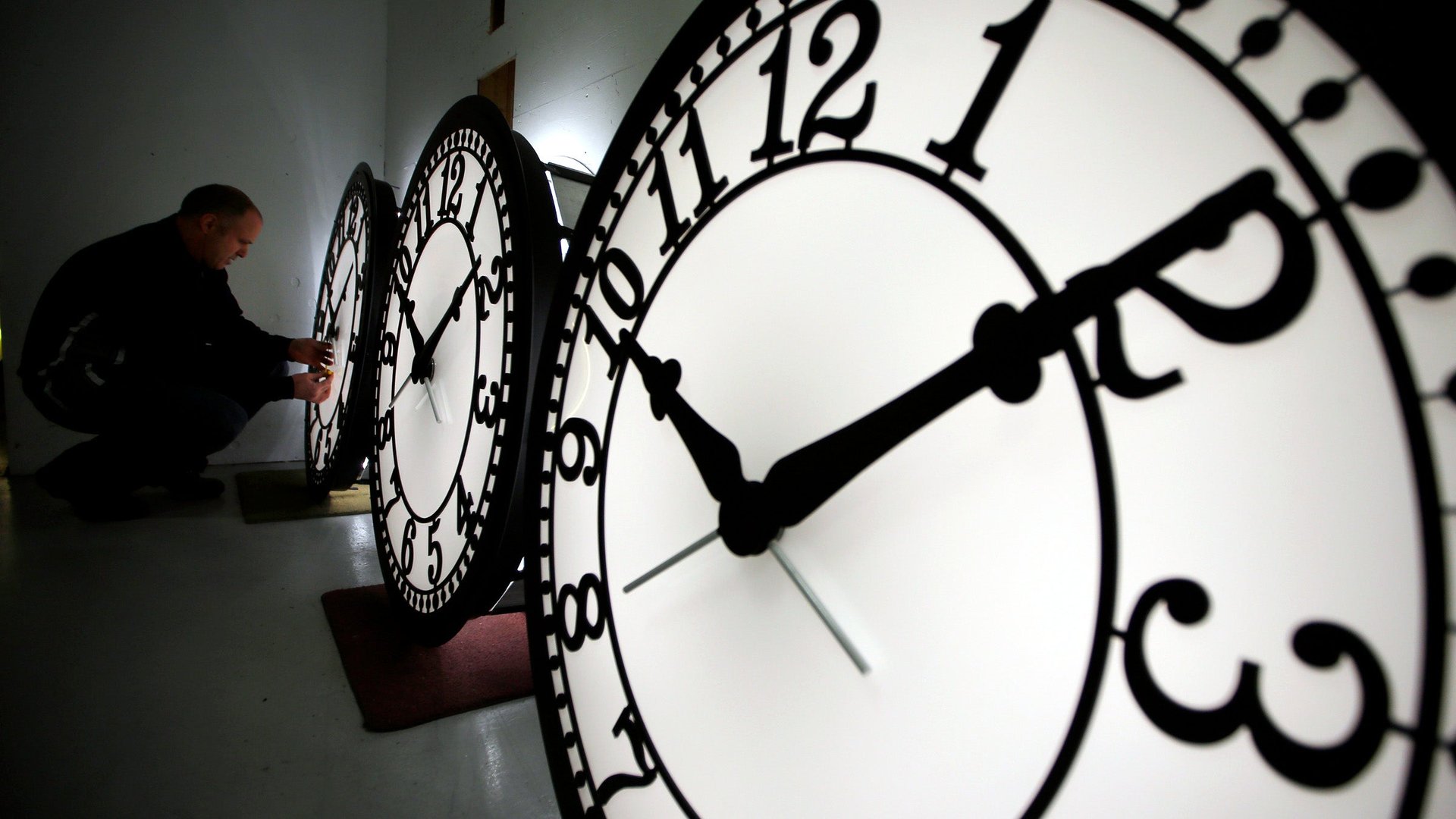US daylight saving time starts at 2am local time tonight. Here’s why we should end it
In the small hours of tomorrow morning, March 9, the US springs forward into the changing of the seasons, with most states rolling their clocks ahead one hour to take advantage of the longer day. (A handful don’t change.)


In the small hours of tomorrow morning, March 9, the US springs forward into the changing of the seasons, with most states rolling their clocks ahead one hour to take advantage of the longer day. (A handful don’t change.)
This is a terrible idea, Quartz’s Allison Schrager argued when last year’s daylight savings time came to an end. At the time, she proposed an alternate system relying on ideas developed by railroad barons in the 19th century:
It would seem to be more efficient to do away with the practice altogether. The actual energy savings are minimal, if they exist at all. Frequent and uncoordinated time changes cause confusion, undermining economic efficiency. There’s evidence that regularly changing sleep cycles, associated with daylight saving, lowers productivity and increases heart attacks. Being out of sync with European time changes was projected to cost the airline industry $147 million a year in travel disruptions.
The reader response to Schrager’s idea was so strong she authored a follow-up with five more reasons to get rid of the archaic practice, such as:
What about living in darkness?
Many people were concerned about losing daylight and being further out of sync with solar time (when the sun is at its zenith at noon). This may increase rates of depression from less sun exposure. This is especially true in New England with its very long nights. And this may be especially worrying now that more people bike to work. But we already live in darkness. The demands of work and increased economic integration with other time zones has already removed us from solar time. Interesting research from the University of Texas showed that Americans are more likely to set their schedules with television viewing—not the sun.
If these arguments didn’t convince you before, perhaps losing an hour of sleep on a Sunday will drive the point home.